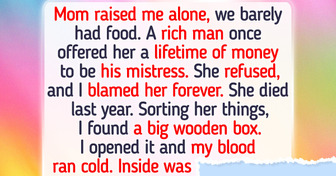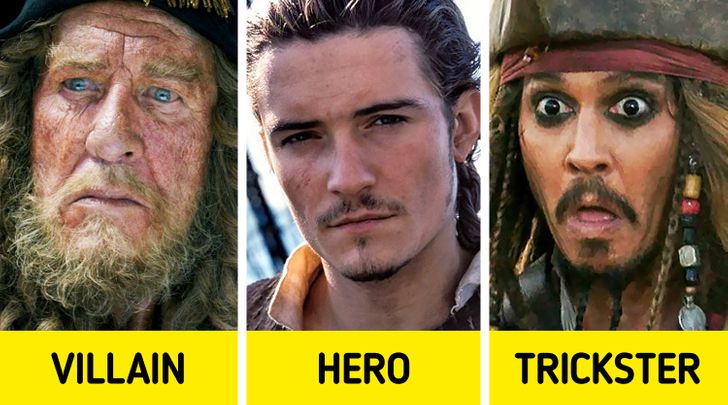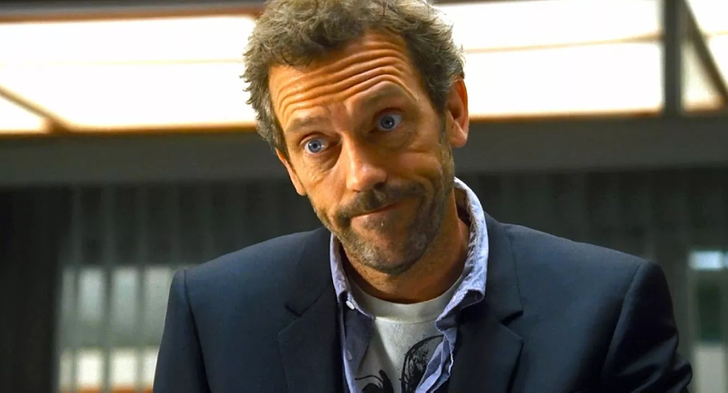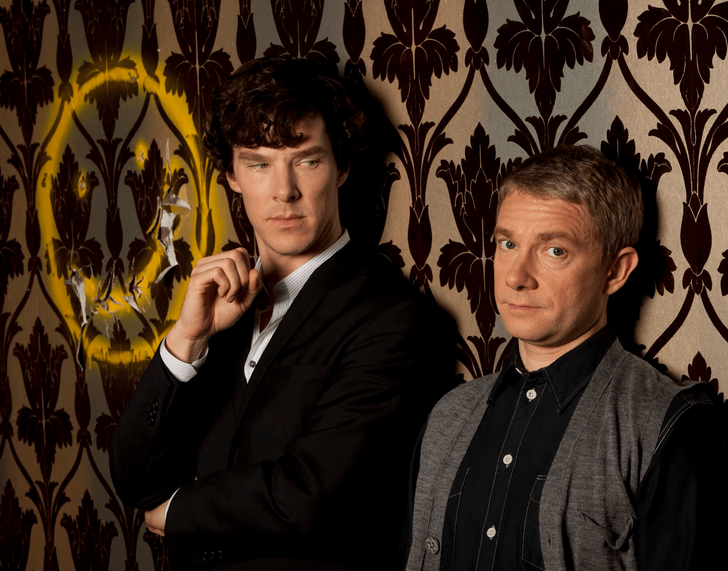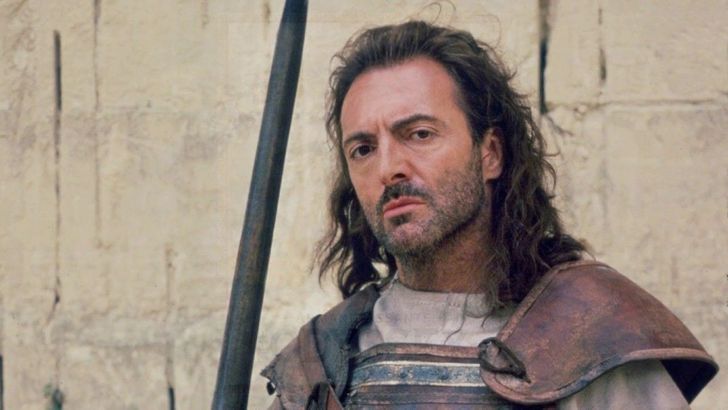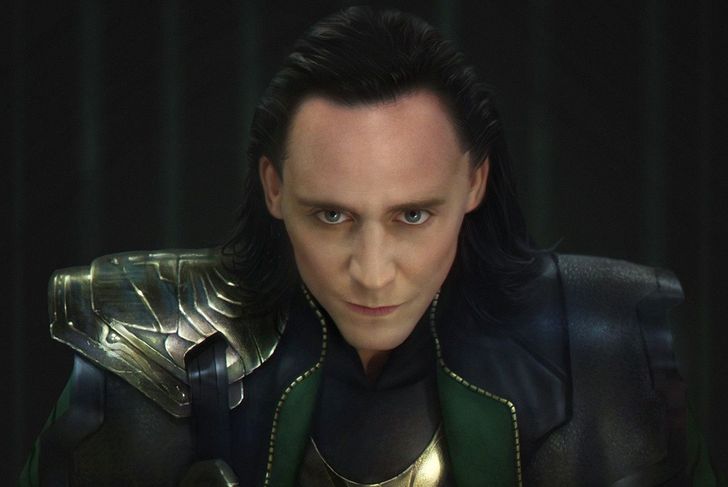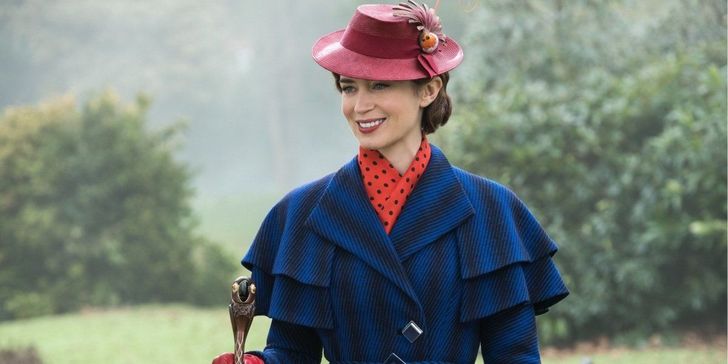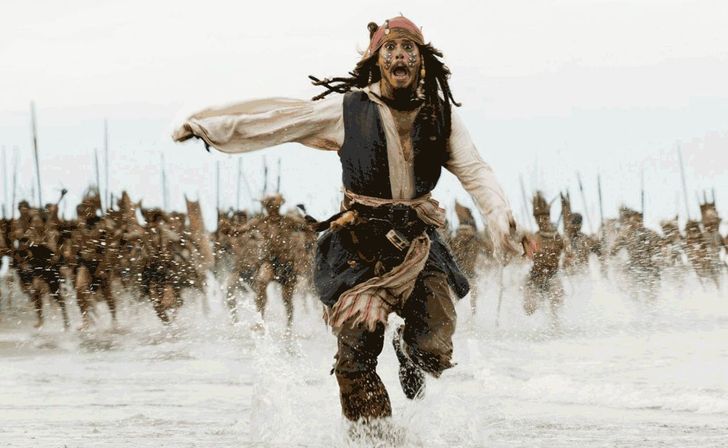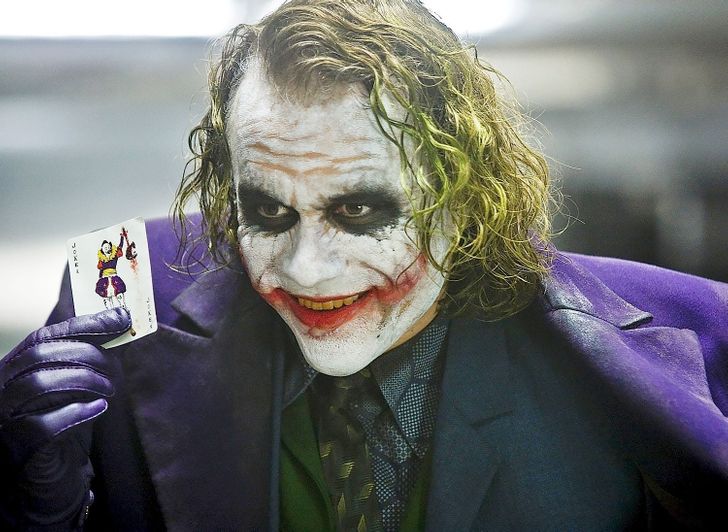nice
Why We Like Our Characters to Be Tricksters Who Can Easily Outshine the Main Characters
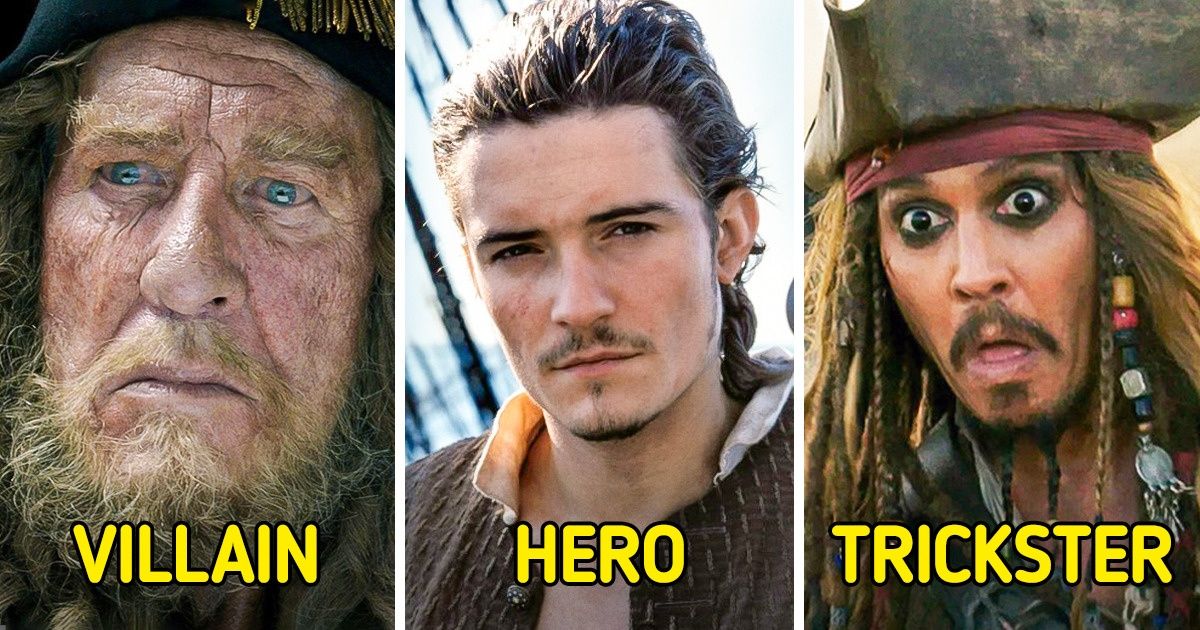
Odysseus and Loki. Capitan Jack Sparrow and Mary Poppins. It would seem that they’re all such different characters, but in fact, they’re all tricksters — characters who don’t abide by the generally accepted norms and who break the rules. Their deeds may be good or may lead to catastrophic consequences, but at the same time, the tricksters themselves are always much more complicated than any completely positive or negative characters.
We at Bright Side decided to find out who these tricksters are and why they very often become the favorites of both readers and viewers alike.
Who is a trickster?
In the past, people used to think by using certain archetypes —it made the world more understandable: there was evil and there was the good that fought it. All literary works ultimately came down to the triumph of justice and virtue. However, at some point, in this black and white picture of the world, a more complex character, who turned the familiar world upside down, appeared. This character is a trickster.
This is a special type of character who can neither be called either good nor evil, strong nor weak. It’s a complex character who stands completely separately and has no clear goals.
Why do we need tricksters?
The trickster always brings chaos to the existing order and makes the deceptively ordered world more real. For this character, it’s not the ending but the process itself that is important since they perceive everything that happens around them as a game. The trickster constantly challenges prohibitions and established rules by using tricks and devious means.
These characters perform several functions:
- First, they act as catalysts — they change the established order and force others to change.
- Second, tricksters bring fun and humor to the existing world. They are jesters and are destined to make everyone laugh. Sometimes, they joke on their own, and sometimes, they themselves become the objects of ridicule.
- Their third task is to reduce the level of pathos in the story. Very often, tricksters bring the main characters from heaven to earth and make the image of even ideal heroes closer to reality.
What are the main features of the trickster?
- For this character, there are no such concepts as life and death. The trickster is able to die and rise again. This character passes through centuries and acts as a bridge between different eras.
- The trickster is the bearer of some new idea or teaching, which is designed to captivate a larger audience.
- They have a special sense of humor. However, their jokes can be quite offensive.
- As a rule, tricksters lie not for profit, but simply because they want to and can.
- Often, there is an obtuse friend or ally next to them. This is necessary in order to better open up the character and look at them through someone else’s eyes.
- The character travels frequently. It’s important for them to cover as much territory as possible in order to convey their ideas to more people.
- The character has problems with their father — he is either unknown or they have a bad relationship because family is the opposite of chaos.
- Finally, one of the most attractive traits of tricksters is their disregard for social norms. All the prohibitions and rules that govern our life are just fiction for them and a reason to have some fun.
What are the brightest examples of trickster characters?
Interestingly, trickster characters can be found in almost every culture and folklore, regardless of the country of origin. They can be found both in the literature of Ancient Egypt and Greece, as well as in modern Hollywood films and TV series.
- One of the earliest tricksters in literature is Odysseus, the master of tricks. He didn’t want to fight the Trojans and pretended to be crazy. He deceived his friends, saying that he was the first to touch the land of Troy, and according to legend, this person was sure to die. At the same time, Odysseus jumped not on the ground, but on his own shield, and the warrior who jumped after him was hit with a fatal arrow. And let’s not forget about the Trojan horse.
- The popular trickster from Scandinavian mythology is Loki. He personifies the image of a joker god who periodically puts the whole world on the threshold of Ragnarok (the end of the world). He is cunning, sharp-tongued, not afraid to call names and tease gods and goddesses, including Odin and Thor. Loki masterfully creates the illusion of his own death, but each time, he comes back to life.
- Another character is Mary Poppins. She is a trickster mentor. The nanny-sorceress becomes the bearer of certain knowledge, which she passes on to the children she nannies. She is a sage who teaches young pupils, but what distinguishes her from a traditional teacher is the fact that she appears and disappears whenever she pleases. Mary Poppins also has a great sense of humor and cleverly makes fun of and puts her opponents in their place.
- When it comes to modern tricksters, it would be impossible to not mention Captain Jack Sparrow. This character burst into our lives with triumph and outshone both the villains and the good guys from Pirates of the Caribbean. The appearance of the cunning and rogue Jack Sparrow, who is in fact a minor character, mixed things up and made him almost the main character of the franchise. When Johnny Depp was asked to explain the success of Jack Sparrow and the failure of the good characters, he replied, “You never know what Jack Sparrow will do the next minute. And you always know what the good character will do.”
- Finally, the popular character of the Batman comics, Joker, is also a trickster. This is a very controversial character, and, of course, he can’t be considered pure evil. Yes, he often outsmarts Batman and plots against him, but it’s the Joker who helps him become a real hero. To some extent, we can say that Joker is Batman’s mirror through which the hero gets to know himself better. Without Joker, as well as without any other trickster, any story would be much more boring and predictable.
Why do these characters attract us unconsciously?
It is easier for the average reader or viewer to associate themselves with a cunning person and a joker who doesn’t claim to be a hero, than with a character who, without hesitation, fights evil, often risking their lives. The trickster tries to deceive the harsh laws of life, so they often personify the triumph of weakness over strength or cunning over logic. A wolf who defeats a hare is predictable and boring, but a hare who outwits a wolf is interesting. These characters make you believe that even a rather weak person can become a real hero with enough desire and ingenuity.
Also, tricksters are always very charming. They are bright, you will never get bored with them, and we always have fun watching the tricks they pull. The chaos they create perfectly contrasts with the grayness of everyday life.
Do you like trickster characters? What other examples of these characters do you know of?
Comments
My favorite POTC character will always be barbosa!
Related Reads
Mom Decided to Exclude Me From the Inheritance—So I Exposed My Brother’s Secret

I Refuse to Leave Inheritance to a Family That Treats Me Like a Cash Cow

13 Times Life Took an Unexpected Turn — and Nothing Was the Same Again

I Told My Stepson He Can’t Join Our Family Vacation—My Kids Deserve a Drama-Free Trip

My Sister Forbade My Wheelchair at Her Wedding—She Wasn’t Ready for My Payback

My Husband Made Me Care for His Sick Mother, So I Served a Payback He Won’t Forget
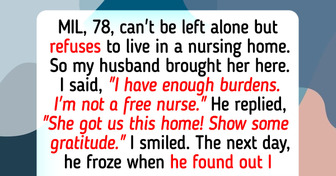
I Refused to Trust My Stepson After His Lies—He’s No Longer Welcome in My House
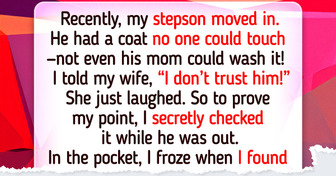
I Told My SIL to Leave My Birthday After She Cut My Cake—Now My Whole Family Is Punishing Me
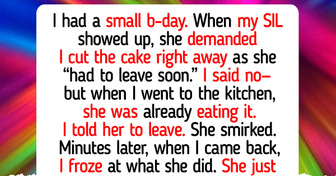
I Finally Drew the Line With My Arrogant Son-in-law—He’s Not Welcome on Our Vacation

I Refuse to Let the Former Owner Get Married in My Backyard—My Kindness Stops Here

12 Stories That Show Kindness Is Not Weak—It’s Quiet Power
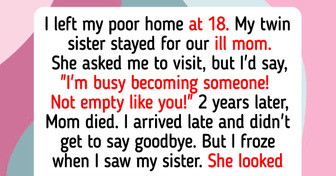
14 Real Stories Where Quiet Kindness Changed Lives
